Integrated Marketing Advertising is a strategic approach that combines various marketing channels and tools to deliver a unified and consistent message. This method ensures that all marketing efforts, from digital campaigns to traditional media, work synergistically to enhance brand visibility and impact. By harmonising different marketing elements, companies can create a cohesive brand experience that resonates with consumers across multiple touchpoints.
1. Importance of Integrated Marketing in Today’s Advertising Landscape
The Importance of Integrated Marketing cannot be overstated. As consumers are bombarded with messages across various media, maintaining a consistent brand narrative becomes crucial. Integrated Marketing ensures that whether a customer encounters a brand on social media, through a television ad, or via email marketing, they receive a consistent and coherent message. This not only strengthens brand identity but also enhances customer trust and loyalty.
2. Evolution of Integrated Marketing Advertising
A. Overview of Integrated Marketing in India
Integrated marketing in India has transformed the advertising landscape, bringing a cohesive approach that unites various marketing channels. This strategy ensures a seamless customer experience, reinforcing brand messages across different platforms. With the rise of digital media, integrated marketing has become crucial for brands to maintain consistency and relevance. By leveraging data analytics and consumer insights, Indian marketers can craft targeted campaigns that resonate with their audience, leading to enhanced brand loyalty and higher engagement rates.
B. Shift from Traditional to Integrated Approaches in India
The shift from traditional to integrated marketing approaches in India has been driven by the need for more personalised and interactive consumer experiences. Traditional advertising methods, such as print and television, are increasingly being complemented or even replaced by digital channels like social media, email marketing, and content marketing. This transition allows brands to create more dynamic and responsive campaigns, fostering a deeper connection with their audience. The integration of online and offline strategies has enabled Indian companies to track and measure campaign performance more effectively, optimising their marketing efforts in real-time.
Examples of Outstanding Integrated Marketing Campaigns from India
“Nike Cricket: Make Every Yard Count”: Nike India’s campaign targeted young cricket enthusiasts by combining television ads, social media interactions, and on-ground activations. The integrated effort led to a 20% increase in brand recall and a surge in cricket gear sales during the campaign period.
“Swachh Bharat Abhiyan” (Clean India Campaign) by the Indian Government: This nationwide initiative utilised a mix of television commercials, print ads, social media outreach, and community events to promote cleanliness. The campaign not only raised awareness but also saw a substantial increase in public participation, with millions of volunteers joining clean-up drives across the country.
3. Key Components of Integrated Marketing Advertising
A. Cross-Channel Communication
Effective cross-channel communication is vital for integrated marketing. Brands should ensure that their message is cohesive across all platforms, including social media, email, and traditional advertising. For instance, utilising a unified content calendar can help synchronise messages. Additionally, leveraging marketing automation tools can streamline communications, ensuring that promotions are consistent whether the customer is interacting with the brand on Facebook, Instagram, or via email newsletters.
B. Consistent Brand Messaging
Consistent brand messaging ensures that all marketing efforts convey a uniform image and voice, reinforcing the brand’s identity. This includes maintaining the same tone, style, and values across all marketing materials. A strong brand guideline document can be invaluable, outlining everything from logo usage to colour schemes and taglines. This consistency helps build brand recognition and trust among consumers, making the marketing more effective.
C. Data-Driven Insights
Data-driven insights are crucial for optimising integrated marketing campaigns. Marketers must consider key data points such as customer demographics, behaviour patterns, and engagement metrics. For example, analysing click-through rates, conversion rates, and social media engagement can provide insights into which channels and messages are most effective. By leveraging tools like Google Analytics and CRM software, brands can refine their strategies, ensuring they target the right audience with the right message at the right time.
D. Customer-Centric Approach
A customer-centric approach places the customer at the heart of all marketing efforts. This involves understanding customer needs and preferences through surveys, feedback, and social listening. Personalising marketing efforts based on these insights can significantly enhance customer engagement and loyalty. Brands should focus on creating valuable and relevant content that resonates with their audience, ensuring that every touchpoint adds to the overall customer experience.
E. Examples: Oyo’s Integrated Campaign from HT Media Case Studies
A prime example of successful integrated marketing is Oyo case study, highlighted by HT Media. Oyo employed a multi-channel strategy that included digital advertising, print media, and outdoor promotions to create a cohesive brand presence. Their campaign emphasised consistent messaging across platforms, from social media ads to billboards, ensuring maximum reach and impact. By using data-driven insights to tailor their approach, Oyo effectively targeted their audience, resulting in increased brand awareness and customer engagement. This comprehensive strategy showcases the power of integrated marketing in driving business success. Read More Case Studies at HT Media Case Studies
4. Emerging Trends in Integrated Marketing Advertising
A. Personalisation and Customisation
 Personalisation and customisation have become critical components of integrated marketing, allowing brands to connect with consumers on a deeper, more individual level. Brands are now tailoring emails, digital ads, and other touchpoints to reflect the unique preferences and behaviours of their audience. For instance, Amazon excels in personalisation by sending emails with product recommendations based on a customer’s browsing history, previous purchases, and search queries. This not only enhances user experience but also drives higher conversion rates and customer loyalty. The tailored approach ensures that each interaction feels relevant and valuable to the consumer.
Personalisation and customisation have become critical components of integrated marketing, allowing brands to connect with consumers on a deeper, more individual level. Brands are now tailoring emails, digital ads, and other touchpoints to reflect the unique preferences and behaviours of their audience. For instance, Amazon excels in personalisation by sending emails with product recommendations based on a customer’s browsing history, previous purchases, and search queries. This not only enhances user experience but also drives higher conversion rates and customer loyalty. The tailored approach ensures that each interaction feels relevant and valuable to the consumer.
B. Integration of AI and Automation
Artificial Intelligence (AI) and automation are transforming the landscape of integrated marketing by enabling more efficient and effective campaign management. A notable example is Cadbury’s Diwali ad campaign, which utilised AI to create personalised video messages for its audience. By using data from Google Maps and public information, Cadbury’s generated over 32,000 unique ads, each tailored to local stores in the viewer’s vicinity, thereby supporting small businesses. This innovative use of AI resulted in a significant increase in engagement and positive brand perception, showcasing the power of AI-driven personalisation.
C. Influencer Marketing Integration
Influencer marketing has become a pivotal strategy in integrated marketing, helping brands to leverage the credibility and reach of popular social media personalities. A successful example from India is the collaboration between fashion brand Myntra and influencers for their ‘End of Reason Sale’. By engaging top influencers who created buzz around the sale through unboxing videos, styling tips, and exclusive previews, Myntra was able to reach millions of potential customers. This strategic integration of influencer marketing not only amplified the campaign’s reach but also added a layer of authenticity and relatability to the brand’s messaging.
D. Sustainability and Corporate Social Responsibility (CSR)
Sustainability and CSR are increasingly being integrated into marketing strategies as consumers become more conscious of ethical practices. HT Media’s Hero MotoCorp case study is a prime example. This partnership focused on promoting sustainable practices by launching campaigns that highlighted Hero’s eco-friendly initiatives and HT Media’s commitment to responsible journalism. This integrated approach not only bolstered the brands’ images as socially responsible but also resonated with consumers who prioritise sustainability, thereby enhancing customer loyalty and brand reputation.
E. Examples:
Personalised Recommendations: Leveraging data analytics, brands like Netflix provide highly personalised content recommendations, enhancing user engagement and satisfaction. By analysing viewing or listening habits, these platforms suggest movies, shows, or music that align with individual tastes, creating a more engaging and tailored user experience.
5. Challenges and Solutions in Integrated Marketing Advertising
A. Fragmentation of Media Channels
The proliferation of media channels has significantly fragmented audiences. This presents a unique challenge for integrated marketing efforts, as marketers must develop cohesive campaigns that effectively reach diverse segments across multiple platforms. The key to overcoming this challenge lies in understanding the preferences and behaviours of different audience groups and tailoring content accordingly, ensuring consistent and synchronised messaging.
B. Data Privacy Concerns
Data privacy is a key concern in integrated marketing, particularly with increasing regulations and consumer awareness. The imminent cookieless future necessitates a shift from third-party cookies to first-party data strategies. HT Media’s CDP software solution, HT One Audience, exemplifies this transition. By leveraging first-party cookies, HT One Audience enables precise audience targeting while respecting privacy norms. This approach not only aligns with emerging regulations but also enhances trust and engagement, positioning it as the future of integrated marketing campaigns.
C. Maintaining Brand Consistency Across Platforms
Ensuring brand consistency across various platforms is critical yet challenging. Disparate teams often handle different channels, leading to potential inconsistencies in messaging and brand voice. A unified brand strategy, supported by comprehensive brand guidelines and regular cross-team communications, is essential. This ensures that every piece of content, regardless of the platform, aligns with the brand’s core values and messaging.
D. Strategies for Overcoming Challenges
Centralised Data Management Systems play a crucial role in addressing the challenges of integrated marketing. By consolidating data from various sources into a single, accessible platform, these systems provide a holistic view of customer interactions. This facilitates better decision-making and more personalised marketing efforts. Additionally, investing in robust analytics tools can help marketers track and measure the effectiveness of their campaigns, enabling continuous optimisation and alignment with brand objectives.
6. Future Trends of Integrated Marketing Advertising
A. Integration of Virtual and Augmented Reality
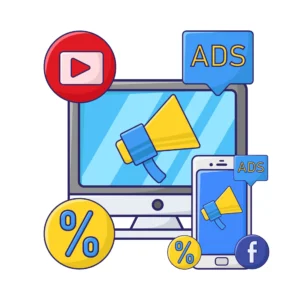 Integrated marketing is increasingly leveraging virtual and augmented reality to create immersive customer experiences. Virtual reality (VR) enables brands to build entire virtual environments, while augmented reality (AR) overlays digital information on the physical world. For example, brands like IKEA use AR in their furniture app to allow customers to visualise how products will look in their homes, enhancing user engagement and aiding purchase decisions. This trend is expected to expand, with more companies adopting VR and AR to offer unique, interactive marketing experiences.
Integrated marketing is increasingly leveraging virtual and augmented reality to create immersive customer experiences. Virtual reality (VR) enables brands to build entire virtual environments, while augmented reality (AR) overlays digital information on the physical world. For example, brands like IKEA use AR in their furniture app to allow customers to visualise how products will look in their homes, enhancing user engagement and aiding purchase decisions. This trend is expected to expand, with more companies adopting VR and AR to offer unique, interactive marketing experiences.
B. Expansion of Voice Search Optimisation
Voice search optimization is becoming a critical component of integrated marketing strategies. As smart speakers and voice assistants like Amazon’s Alexa and Google Assistant gain popularity, optimising content for voice search ensures brands remain accessible and relevant. Businesses are now focusing on creating conversational content and enhancing their SEO strategies to capture voice search queries. This shift not only improves customer engagement but also boosts visibility in an increasingly voice-driven digital landscape.
C. Continued Growth of Social Commerce
Social commerce, the integration of e-commerce and social media, continues to thrive as a powerful tool in integrated marketing. Platforms like Instagram, Facebook, and Pinterest are enhancing their shopping features, allowing users to purchase products directly from social media posts. Brands like Nike and Sephora are leveraging social commerce to create seamless shopping experiences, driving higher conversion rates. This trend is expected to grow as social media platforms continue to innovate and integrate advanced shopping functionalities.
D. Examples
IKEA’s AR Furniture App: IKEA’s AR app, IKEA Place, allows customers to visualise how furniture will fit and look in their space using augmented reality. This app not only enhances customer experience but also drives sales by simplifying the decision-making process.
L’Oréal’s ModiFace: L’Oréal’s ModiFace uses AR to offer virtual try-ons for makeup products. This integration of AR helps customers make informed buying decisions, increasing customer satisfaction and sales.
FAQs for The Role of Integrated Marketing in Modern Advertising: Trends and Insights
1. What is Integrated Marketing Advertising, and why is it important in today’s advertising landscape?
Integrated Marketing Advertising is a strategic approach that combines various marketing channels and tools to deliver a unified and consistent message. It ensures that all marketing efforts work synergistically to enhance brand visibility and impact. In today’s landscape, where consumers are exposed to messages across various media, maintaining consistency in brand narrative is crucial. Integrated Marketing ensures that regardless of the platform, consumers receive a coherent message, strengthening brand identity and fostering trust and loyalty.
2. How has Integrated Marketing evolved, particularly in the context of India?
Integrated marketing in India has transformed the advertising landscape by bringing a cohesive approach that unites various marketing channels. With the rise of digital media, integrated marketing has become even more crucial for brands to maintain consistency and relevance. Indian marketers leverage data analytics and consumer insights to craft targeted campaigns that resonate with their audience, leading to enhanced brand loyalty and engagement.
3. What are the key components of Integrated Marketing Advertising?
Key components include cross-channel communication, consistent brand messaging, data-driven insights, and a customer-centric approach. Effective cross-channel communication ensures a cohesive message across all platforms, while consistent brand messaging reinforces brand identity. Data-driven insights optimise campaigns, and a customer-centric approach enhances engagement and loyalty.
4. What are some emerging trends in Integrated Marketing Advertising?
Emerging trends include personalization and customization, integration of AI and automation, influencer marketing, and a focus on sustainability and CSR. These trends reflect how brands are innovating to meet dynamic consumer needs and drive better business outcomes through meaningful interactions.
5. What are the future trends of Integrated Marketing Advertising?
Future trends include the integration of virtual and augmented reality, expansion of voice search optimization, and continued growth of social commerce. These trends indicate a shift towards immersive experiences, enhanced accessibility, and seamless shopping experiences driven by technological advancements.
Ready to take your brand to the next level? Connect with us today to explore how HT Media can amplify your presence across our diverse portfolio of 25+ brands and properties. Let's turn your brand vision into reality!


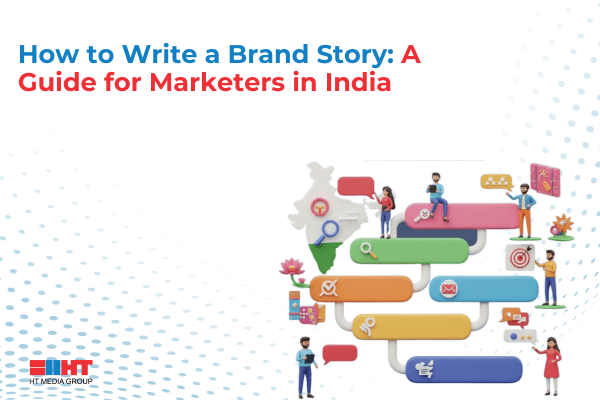
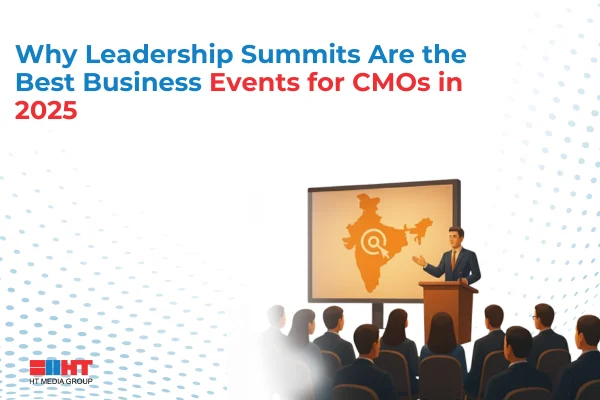
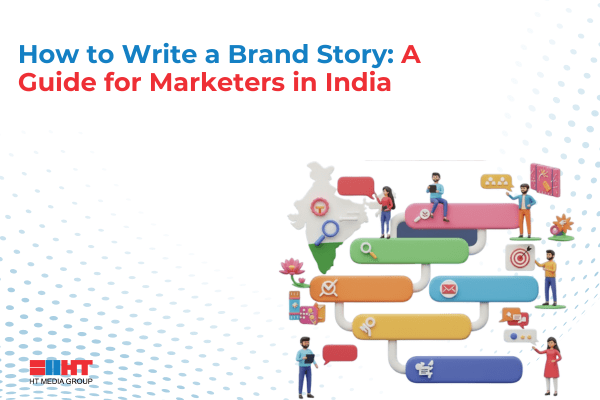
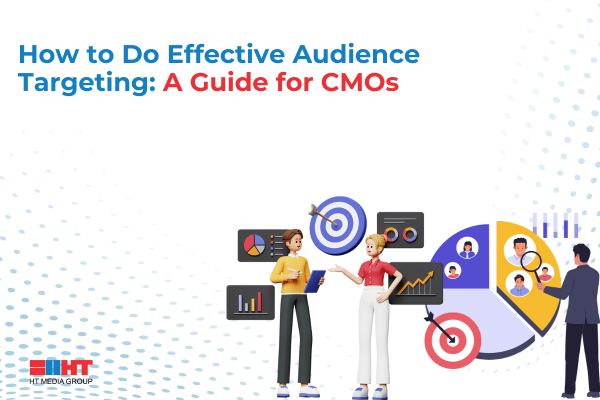
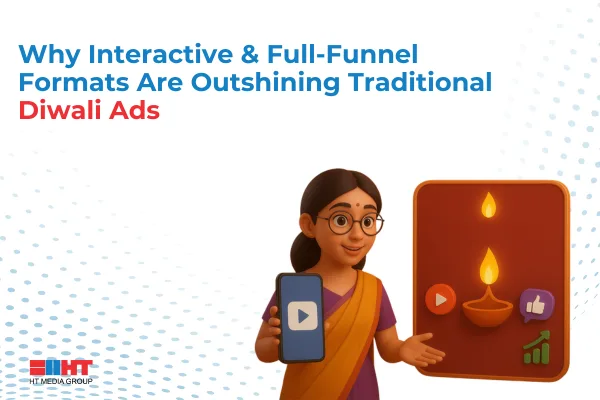
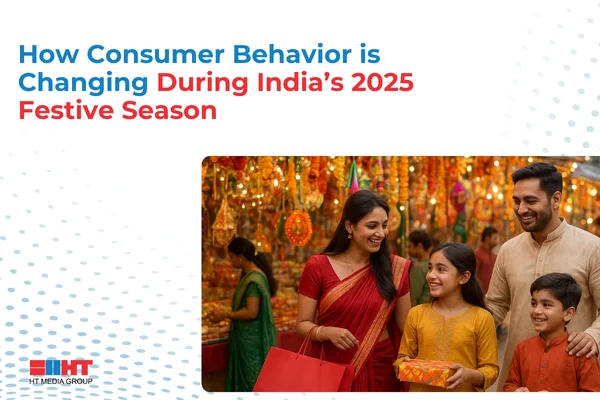


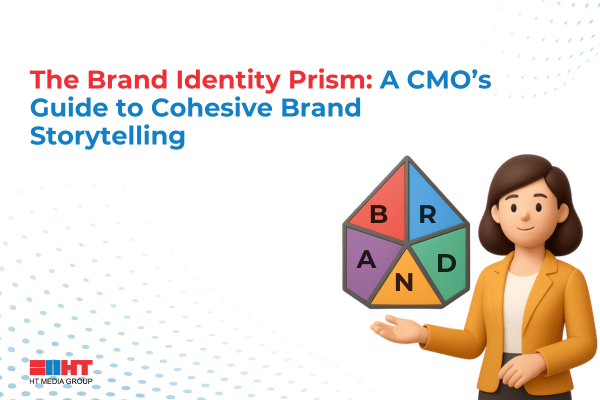
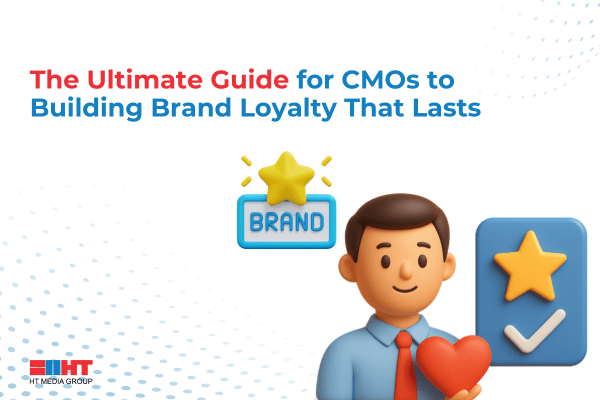
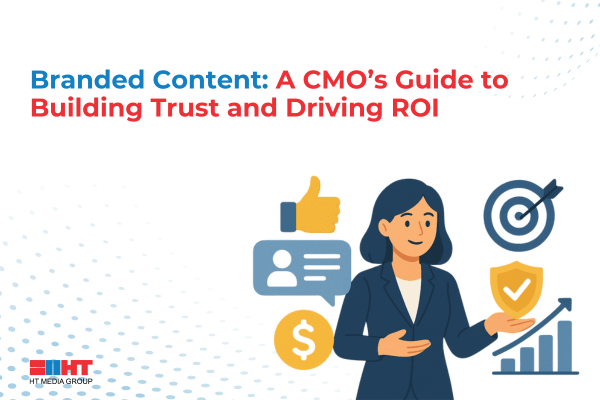
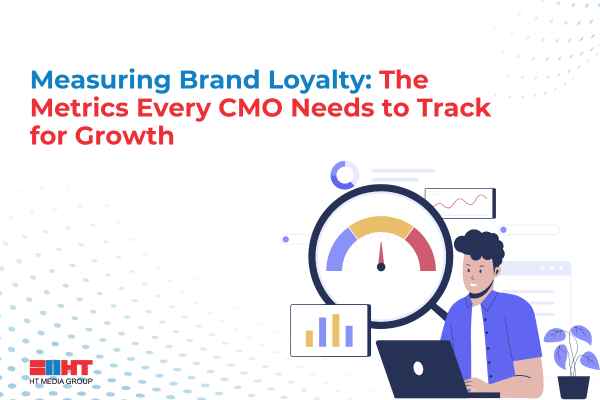
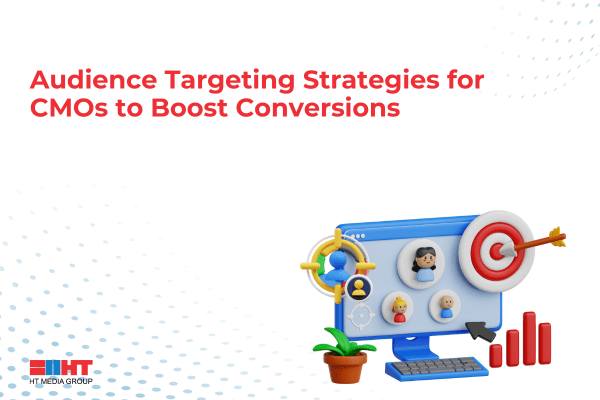
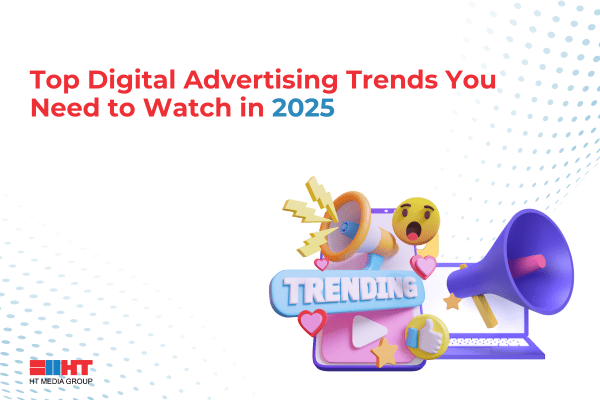


Comment